Fleet of rescue ships launch last-ditch bid to find missing sub as oxygen runs out
A fleet of ships and robot subs have joined the search for a missing Titanic-bound tourist sub as its oxygen runs out.
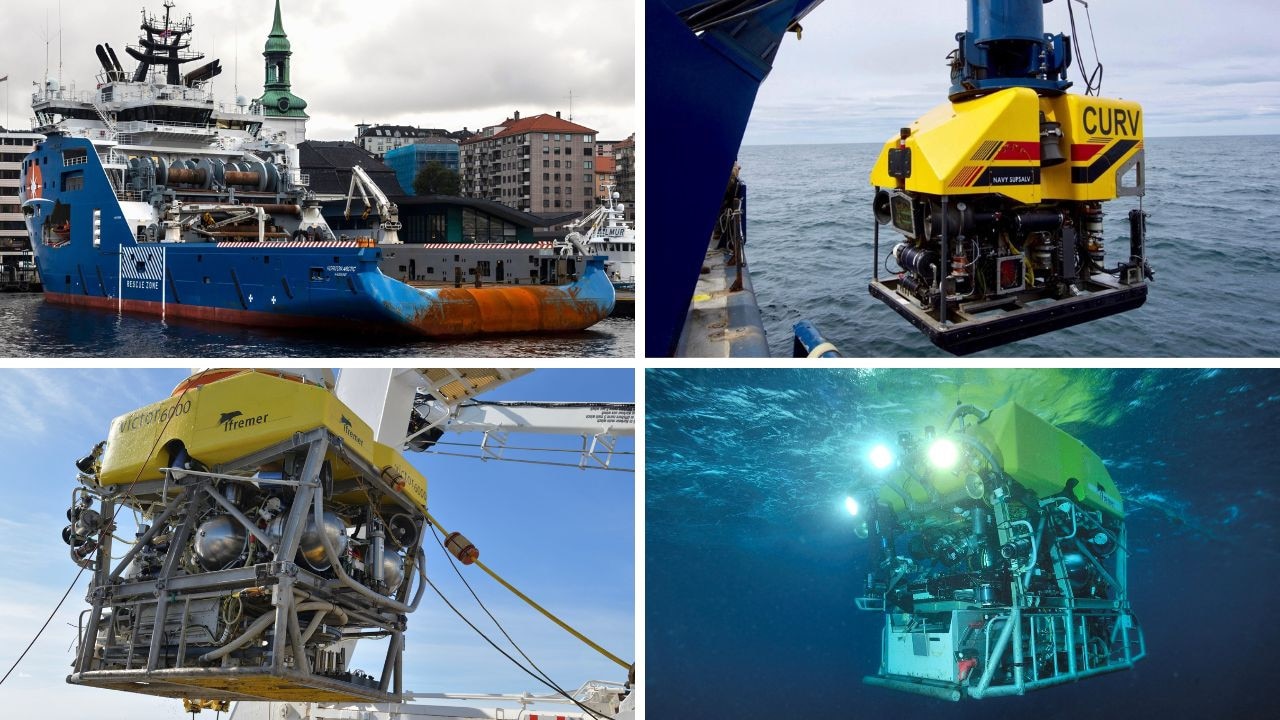
The mission to rescue the missing Titanic mini-sub is entering its final hours — as sounds of banging from deep underwater raised hopes of a last-gasp miracle.
A US Navy CURV21 was among robot subs joining the last-ditch bid to find lost craft Titan in the Atlantic and winch it to the surface, The Sun reports.
Air keeping alive the five on board runs out at 9.08pm AEST Thursday.
A fleet of rescue ships is racing against time to locate the sub.
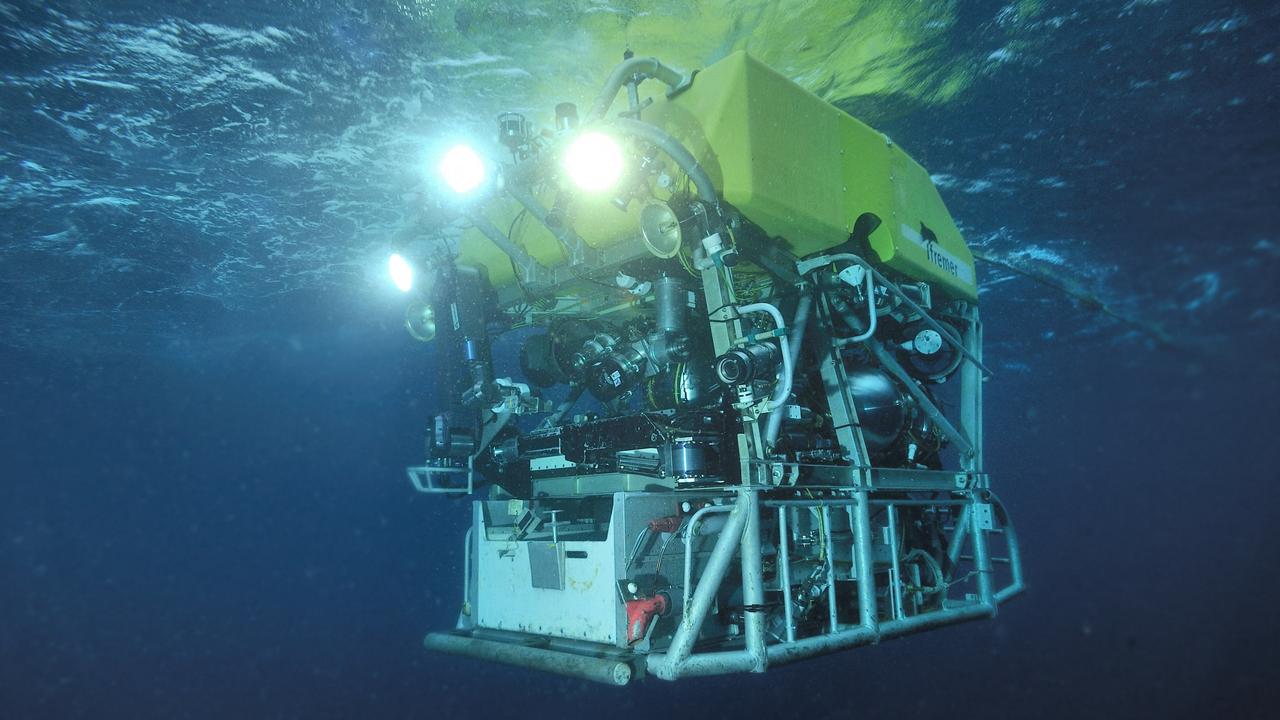
Five specialist vessels backed by deep-sea robots and search-and-rescue aircraft were already combing a vast 40,000 sqkm up to a depth of 4km.
But their number was due to double before the air supply deadline at around 9pm AEST time Thursday.
The late arrivals — carrying the world’s most advanced undersea search technology — provide the best hope of an incredible last-gasp rescue.
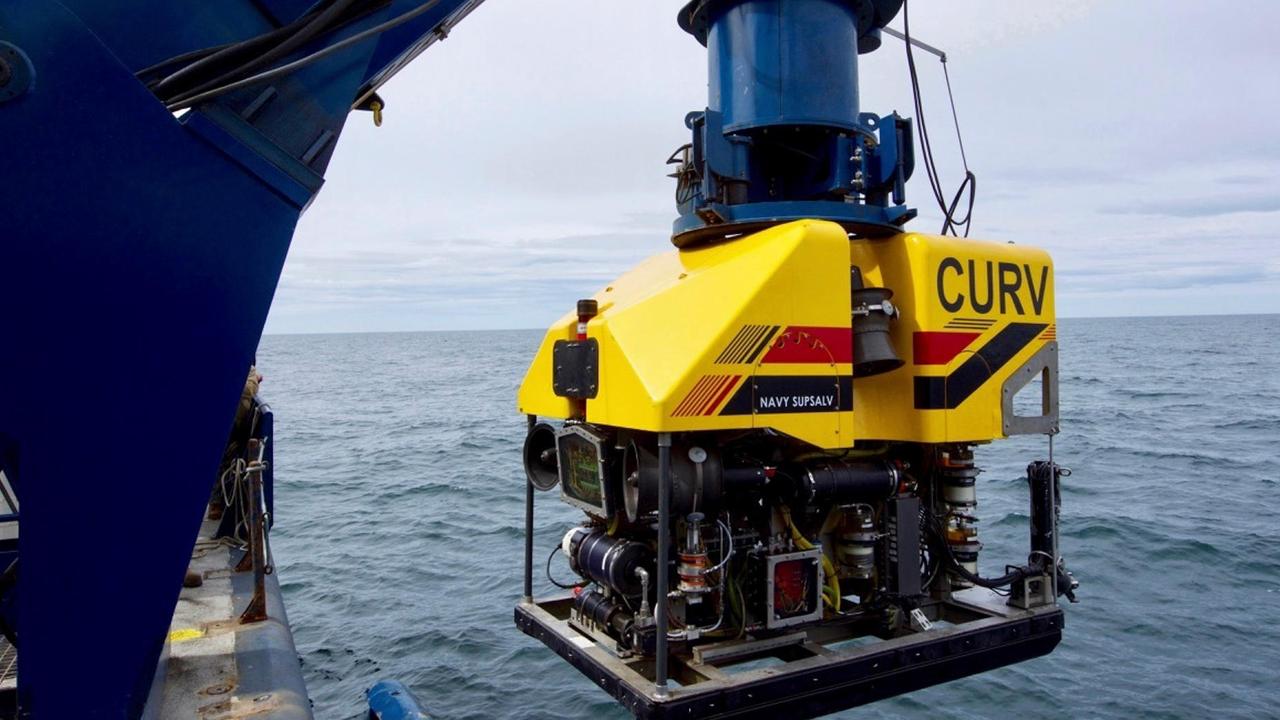
Experts hope they can end the “needle in a haystack” hunt near the liner’s wreck, 3700m under the North Atlantic.
Five people were on board the mini-sub Titan, which went missing on Monday (Sunday, local time) during a dive to view the Titanic.
US Coast Guard captain Jamie Frederick on Wednesday confirmed deep-sea noises had been heard which were being analysed by sonar experts to establish if they came from the 6.7m craft.
He said: “There is an enormous complexity associated with this case, due to the location being so far off shore and the co-ordination between multiple agencies and nations.
“There were multiple reports of noises and every one of them is being analysed.
“The noises have been described as banging noises.”
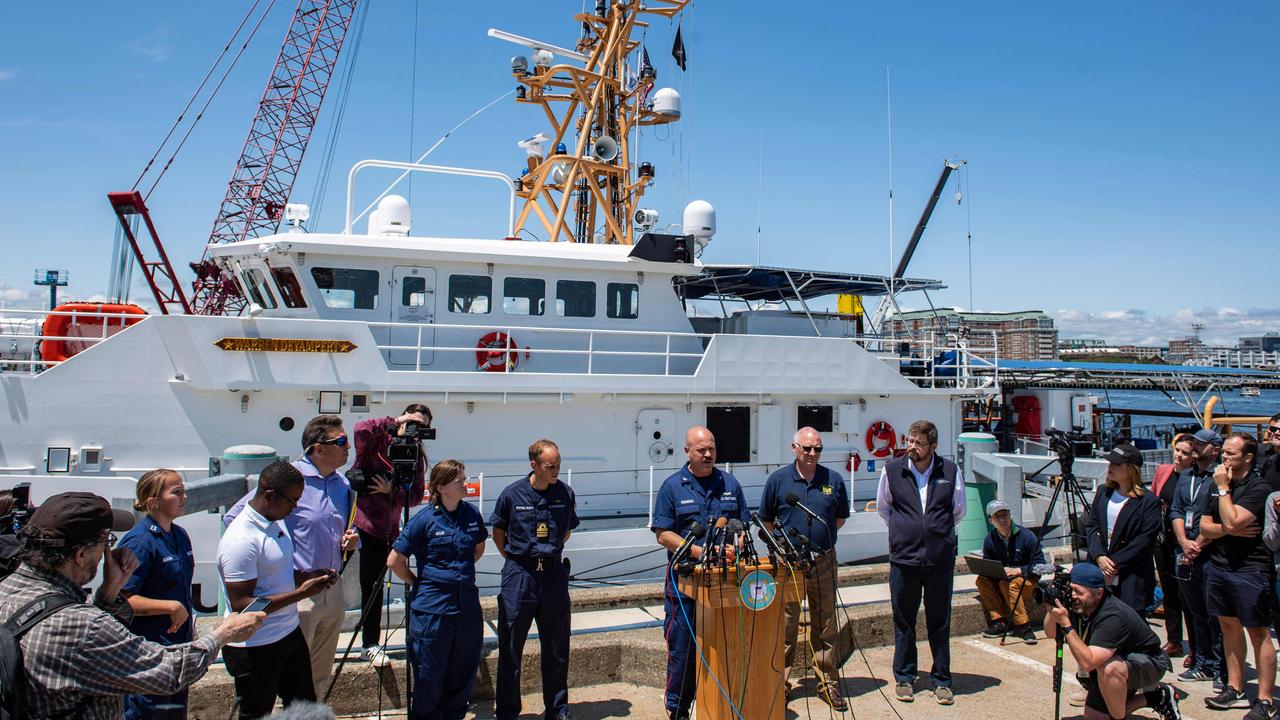
However, so far, Captain Frederick said the searches have yielded negative results.
He said: “The noises were heard yesterday and this morning, experts are analysing the data but at the moment it is inconclusive.
“We need to have hope … what I can tell you is we are searching in the right area.
“We have to remain optimistic and hopeful when we are in a search-and-rescue case.”
Carl Hartsfield, another expert involved in the search, told reporters it was very tough to discern what the noises were.
He said: “We have multiple sensors in the area taking the data back to the best people in the world and feeding this back to the team so they can make decisions.
“They have to eliminate potential man-made sources other than the Titanic.”
Canada’s CGS Ann Harvey, CGS Terry Fox, Motor Vessel Horizon Arctic and French research ship L’Atalante were all steaming at full speed to join the hunt before dawn.
Sean Leet – the co-founder and Chair of Horizon Maritime Services, the firm supplying Horizon Arctic – said he was dedicated to concluding the search.
Sean said: “Our equipment is on scene and is helping with the investigation as directed by the US Coast Guard.
“In addition to the Polar Prince, we have mobilised the Horizon Arctic to add vessel support for this mission.
“The people on board the Titan and their families are our focus, we care deeply about their wellbeing.
“Our critical role remains in a support capacity.”
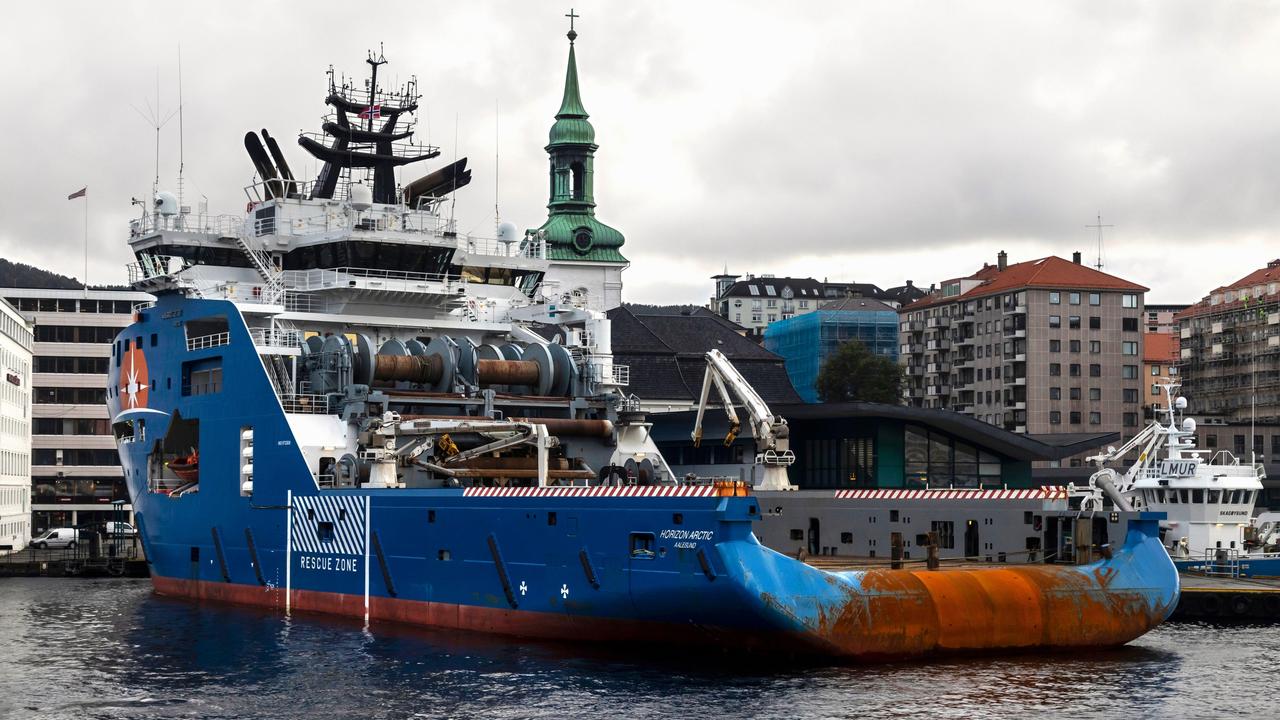
Officials said the ship would have arrived sooner, but had to return to Newfoundland to retrieve deep-sea diving equipment.
The L’Atalante carries the robot Victor 6000, which is capable of reaching depths of 6100m.
The robot can dive deeper than other equipment at the site.
Operated by a 25-strong crew, it has arms that can be operated to cut cables or perform other manoeuvres to release a stuck vessel.
While the vehicle could not lift Titan to the surface on its own, it could help to hook it to a ship.
A US Navy CURV21 undersea robot was also due to arrive and was seen as the best chance of saving the crew — if they are found alive.
It can salvage wreckage and craft up to 6100m down — and last year pulled off a world record recovery of a Seahawk helicopter at a depth of 5814m off Japan.
Sonar teams hope they can detect the sub in the icy depths in time for the CURV21 to pull off a rescue.
The unprecedented feat would involve the tethered deep-sea robot attaching its cable to the Titan in pitch darkness near the ocean floor.
It would then need to pull the OceanGate Expedition company’s 10,000kg craft aboard a US Navy ship at breakneck speed.
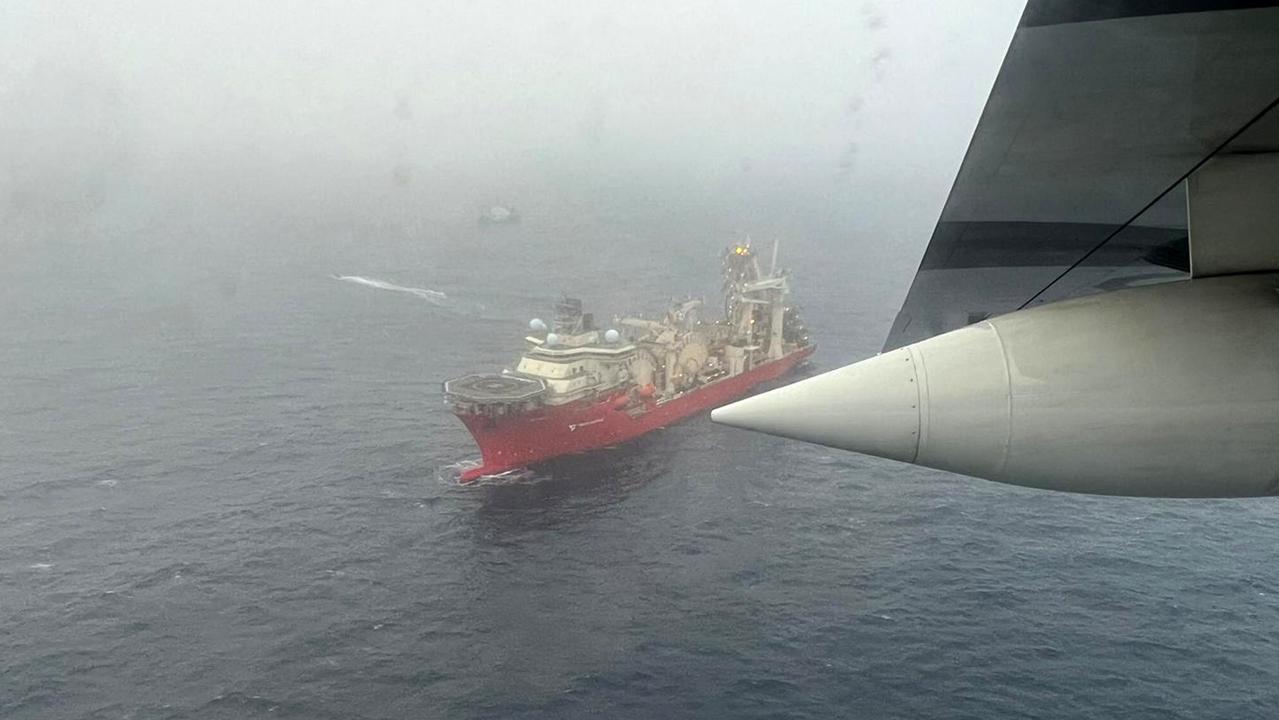
Even if the sub reaches the surface in time, crews will still have to unbolt the Titan’s sealed titanium hull to free the five.
Former Royal Navy Rear Admiral Chris Parry said yesterday: “If anything can bring them up, it’s this kit.”
British billionaire adventurer Hamish Harding, businessman Shahzada Dawood, 48, and his son Sulaiman, 19, paid about $370,000 ($US250,000) each for the trip.
It was led by OceanGate CEO Stockton Rush, 61 and veteran French explorer Paul-Henri Nargeolet, 77.
Two of the trapped men’s wives were on ships at the surface monitoring the operation.
Canadian P-3 sonar search aircraft and Hercules transport planes were also helping efforts to scour the surface.
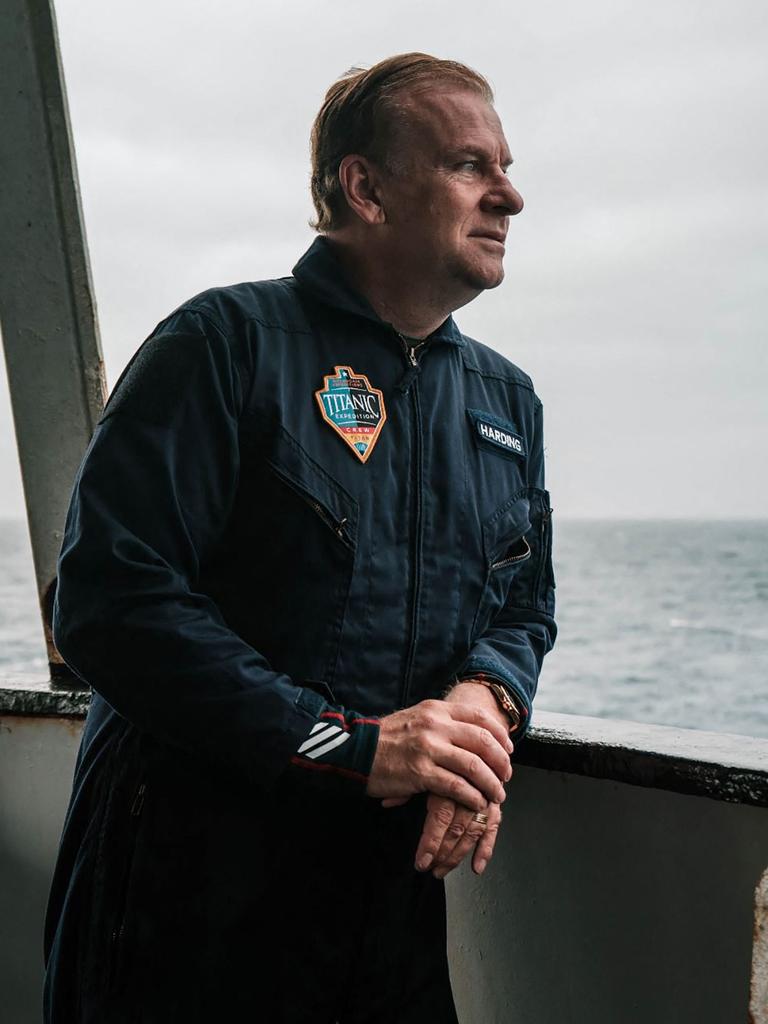
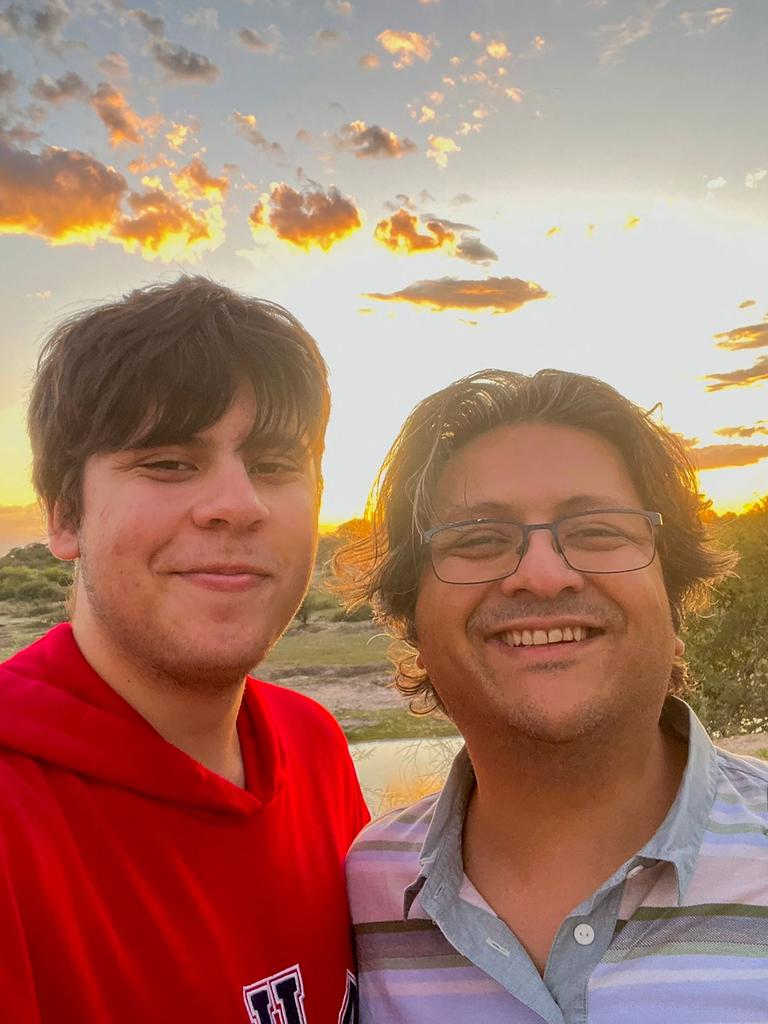
Five ships already in position included the Polar Prince, from which the Titan was launched.
Rescuers’ worst fear is that the five died instantly when their craft suffered catastrophic “explosive decompression”.
But hopes soared yesterday as it was reported that a Canadian P-3 detected “banging” noises at 30-minute intervals.
That suggested the crew could have been striking the hull of their sub in a desperate bid to reveal their position.
Chris Brown, 61, a friend of missing Hamish, 55, said: “If you made a continuous noise, that’s not going to get picked up, but doing it every 30 minutes, that suggests humans.”
He said it was “just the sort of thing I would have expected Hamish to come up with”.
The Sun told yesterday how Chris, of Harrogate, North Yorks, signed up for a dive but pulled out — questioning if the firm running it was cutting corners.
Experts warned many sounds would be heard as more ships joined the search — including noise from the creaking wreck of the Titanic, which sank in 1912 taking 1,517 lives.
Communication was lost with the Titan just 1 hour 45 minutes into its 3700m descent to the ruins of the Titanic.
It was due to resurface the same afternoon but failed to do so, sparking a frantic rescue mission.
But the vessel plunged with a 96-hour oxygen supply – meaning the five crew members on board likely have less than 20 hours of breathable air left.
‘Banging’ sounds
Rescue teams were offered a glimmer of hope after banging sounds were detected at 30-minute intervals.
The sounds were detected in the area by a Canadian aircraft using sonar gear, though the US Coast Guard did not elaborate on what rescuers believe the noises could be.
Retired United States Navy captain David Marquet told The Sun: “In the military we are trained to make rhythmic, metallic, or interval noises with will differentiate it from natural recurring noise.”
Underwater drones have now been redeployed in a bid to locate where the thuds came from, but have so far “yielded negative results”.
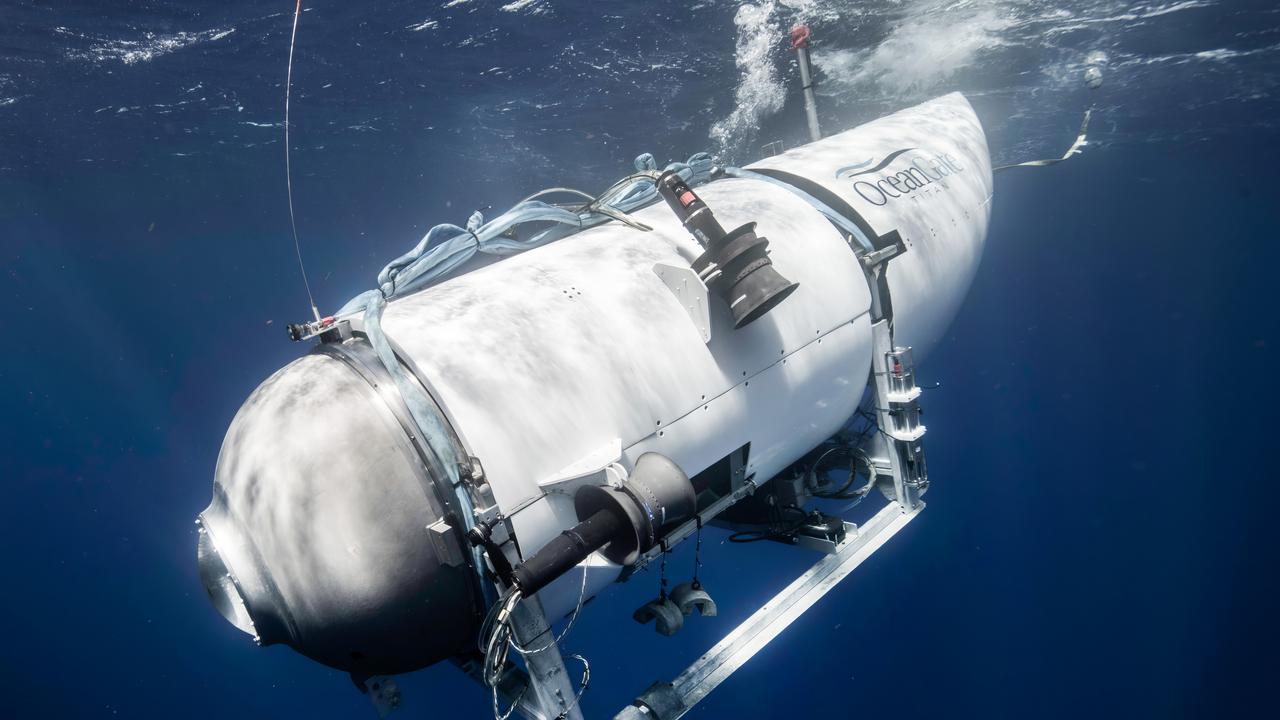
The US Coast Guard said: “Canadian P-3 aircraft detected underwater noises in the search area.
“As a result, ROV operations were relocated in an attempt to explore the origin of the noises. Those ROV searches have yielded negative results but continue.
“Additionally, the data from the P-3 aircraft has been shared with our U.S. Navy experts for further analysis which will be considered in future search plans.”
Another aircraft located a white rectangular object in the water but a ship sent to investigate changed course to look into the banging, CNN reported.
But the US official later it would be more accurate to describe it as “sounds” and “noises” rather than “banging”.
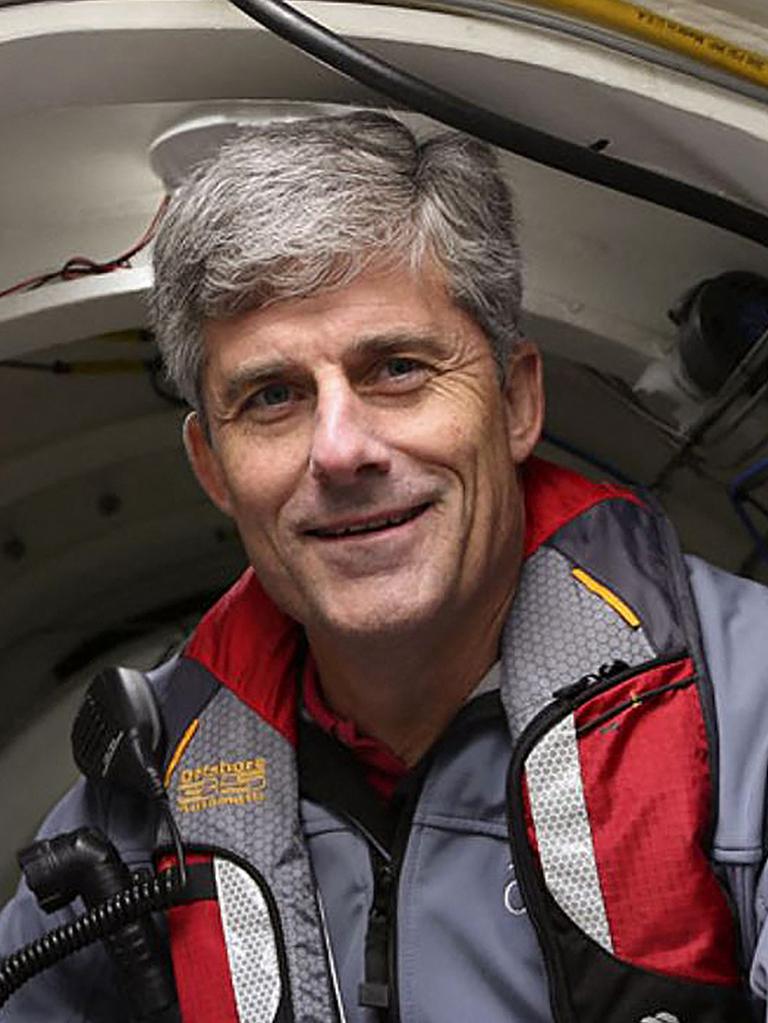

US Navy officials have also scrambled a so-called Flyaway Deep Ocean Salave System to the scene, which is able to lift small vessels.
Three support ships also arrived on Wednesday, including The John Cabot which has side scanning sonar capabilities and “is conducting search patterns alongside the Skandi Vinland and the Atlantic Merlin”, the US Coast Guard said.
Australian submarine search and rescue expert Frank Owen believes the banging sounds could suggest the sub is near or at the surface.
He told the BBC: “Onboard this craft is a retired French navy diver.
“He would know the protocol for trying to alert searching forces … on the hour and the half-hour you bang like hell for three minutes.
“Below about 180m, the water temperature drops very rapidly.
“That creates a layer that the [sonar signa] bounces off. But if you’re in the same depth water it tends to go quite straight.”
Scientist Michael Guillen believes the stranded crew could be using cups to bash the side of the sub.
Dr Guillen, who went to the Titanic wreck in 2000, told Good Morning Britain: “They have five people, they can make quite a racket by just banging on the side as sound communicates extremely well in water.”
This article originally appeared on The Sun and was reproduced with permission





